Latest art revival: Chinese ink painting
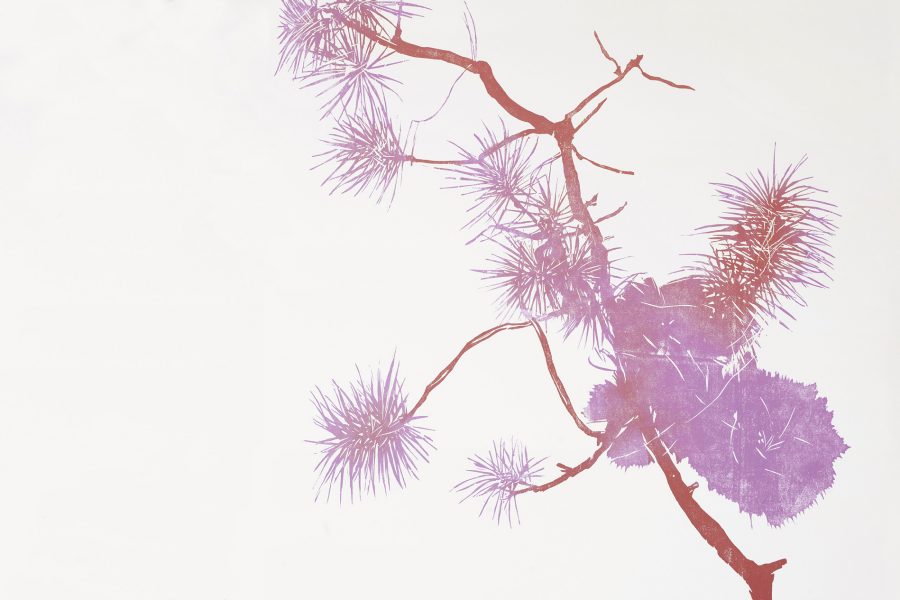
From the outside, Songzhuang, a dusty village on Beijing’s periphery, is largely indistinguishable from many villages in rural north China. Traditional dwellings centred on courtyards. Tiled roofs with arched eaves and protruding small chimneys. Uneven pavements occupied by charmingly chaotic wet markets.
But behind the walls of farmhouses, little rural work is taking place. Since 1994, when avant-garde artists such as Fang Lijun, Zhang Huiping and Yue Minjun arrived in search of community, tranquillity and low-cost space to work, Songzhuang has been more about art than agriculture. As the group’s reputation grew, gallerists, the media and fellow artists began to visit. The trickle soon became a flood. Put off by inflated urban costs and the chronic commercialisation of art districts like 798, creatives of all creeds decamped in Songzhuang. It is now home to an estimated 2,000 painters, photographers, filmmakers, poets and sculptors – indeed, it’s the world’s largest art colony.
And within these rows of studios and galleries, a revolution in China’s robust contemporary art scene flourishes, one that’s about an age-old medium: ink.
‘You’re in luck: I’ve been working with ink a lot of late,’ says Wang Yiqiong, a Songzhuang resident who takes me on a tour of his studio. Wang is a multi-disciplinary artist, having majored in woodcutting at the prestigious Beijing Academy of Fine Arts. But I’m keen to see his ink paintings.
Wang’s latest ink series depicts him alongside another artist, framed within a notebook. One painting is of Wang and Salvador Dalí, another of Wang and Frida Kahlo, a third of him and Yayoi Kusama and so on.
‘I chose to depict those that influenced me when I was young. They have a place in my heart like the music you first listen to. So I’m confronting them, letting them determine the style of each piece,’ he says. ‘We are all artists after all, so this is a kind of dialogue.’
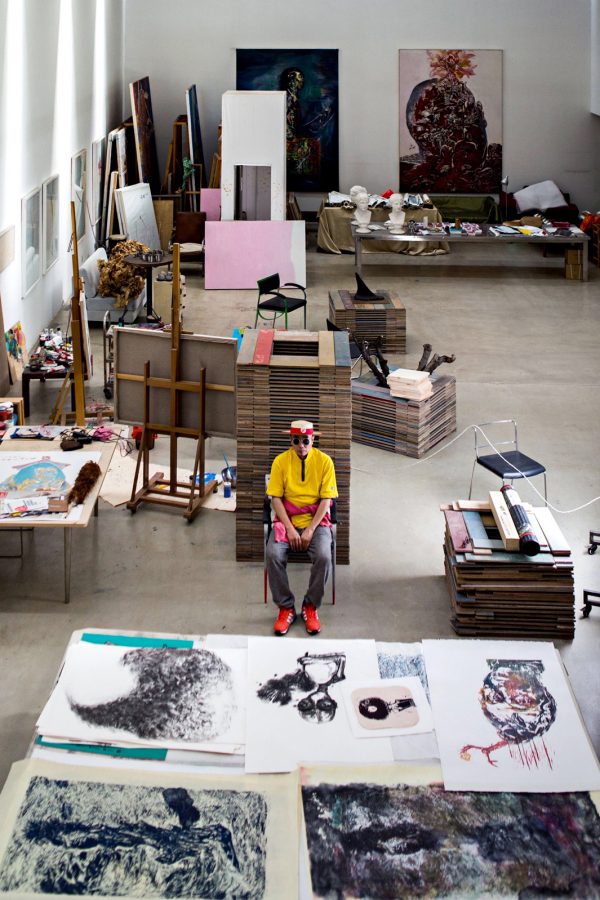
Wang Yichong
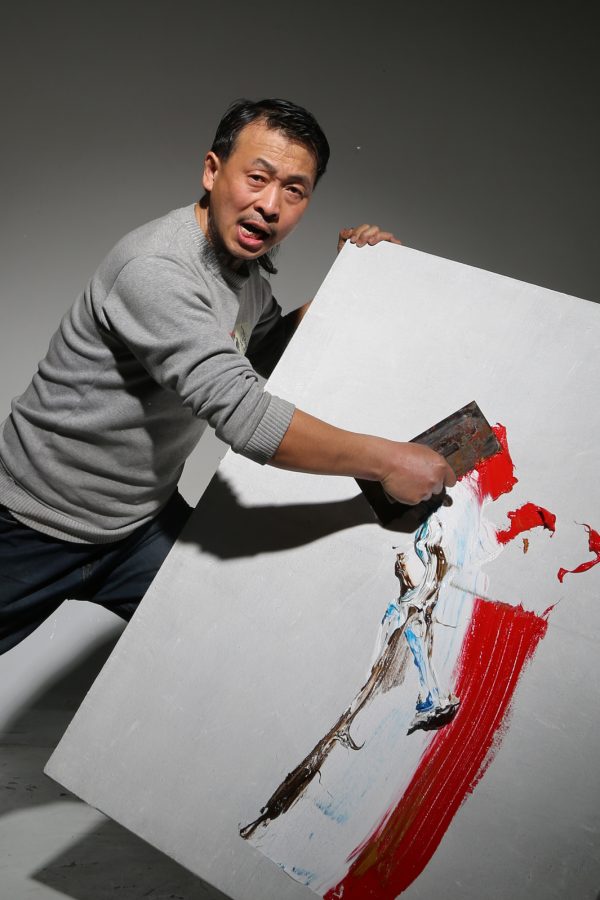
Lu Zongping
Like classical ink painting, there are plain spaces and some calligraphy but his use of colour and subject matter make Wang’s creations decidedly contemporary, something that might rile traditionalists.
‘I look at it like this. I’m Chinese, therefore my language is Chinese art, but my concerns are international, universal. It’s about making the style relevant.’
Chinese ink painting is one of the longest-running artistic traditions on earth. The brush strokes conjuring figurative scenes, often mountains and river valleys, were typically produced by the governing literati. The form’s creative zenith came during the Song Dynasty (960-1279). Western pre-eminence from the 18th century onwards, however, precipitated ink’s decline as Chinese artists gradually took up oil painting and other modes of modern expression. Ink painting was relegated to the status of guohua, or national painting, and imprisoned by the rigours of tradition.
Initially the artists of Songzhuang shunned traditional Chinese arts. Ink painting was relegated to calligraphers and landscape painters content to work within the parameters of tradition. However, in recent years a number of Songzhuang artists have taken up the ink brush with the intention of modernising the form, blending classical and contemporary as a present-day commentary. Some works are satirical, some abstract, but all share the same aim of bringing ink out of the art history books.
Wang relocated to Songzhuang from Beijing’s 798 Art District in 2012. ‘I’m from the Yangtze River Basin originally, an area that was long a bastion of the arts, particularly ink painting. It’s only in recent times that artists have headed north,’ he says over lunch. Wang has evidently done well for himself in the capital, as his sizeable home shows. But his demeanour is down-to-earth, and he remains, like most Songzhuang artists, something of an oddball. During our meeting he sports a red seafarer’s cap.
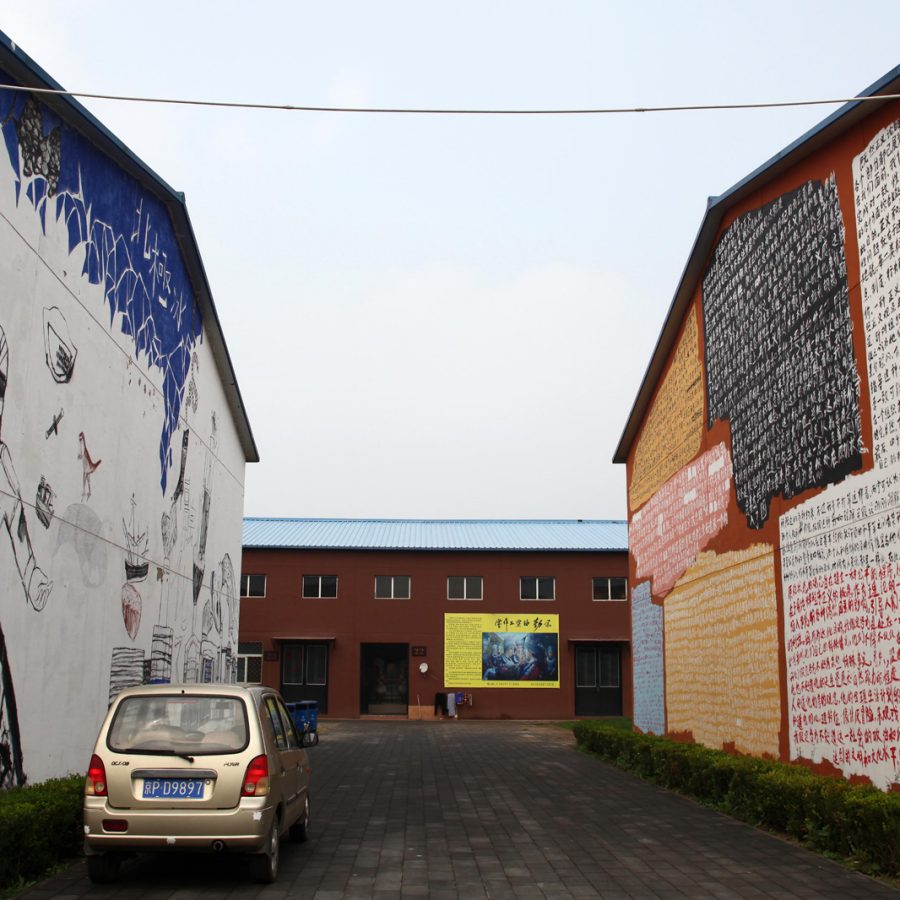
Fellow Songzhuang-based ink painter and Beijing Art Academy alumnus Lü Zongping echoes Wang’s views of ink as a modern Chinese medium. ‘I used to paint oil paintings but switched to ink. It felt more like my thing, culturally speaking. But it doesn’t really matter if you eat with a knife and fork or chopsticks. What’s important is whether the food is healthy or not,’ he says with a laugh.
To this end, Lü’s ink paintings, recalling classical painters’ fascination with nature, attempt to tackle China’s environmental challenges. Ecological concerns permeate his work. In one piece, for instance, rusty nails replace the elegant strokes of Chinese characters in traditional calligraphy.
‘I paint outside. I don’t care if it rains, if there’s smog or if the sun shines. I let the elements affect the work. I even incorporate materials that have been disregarded: leaves, old paper, even cigarette butts.’
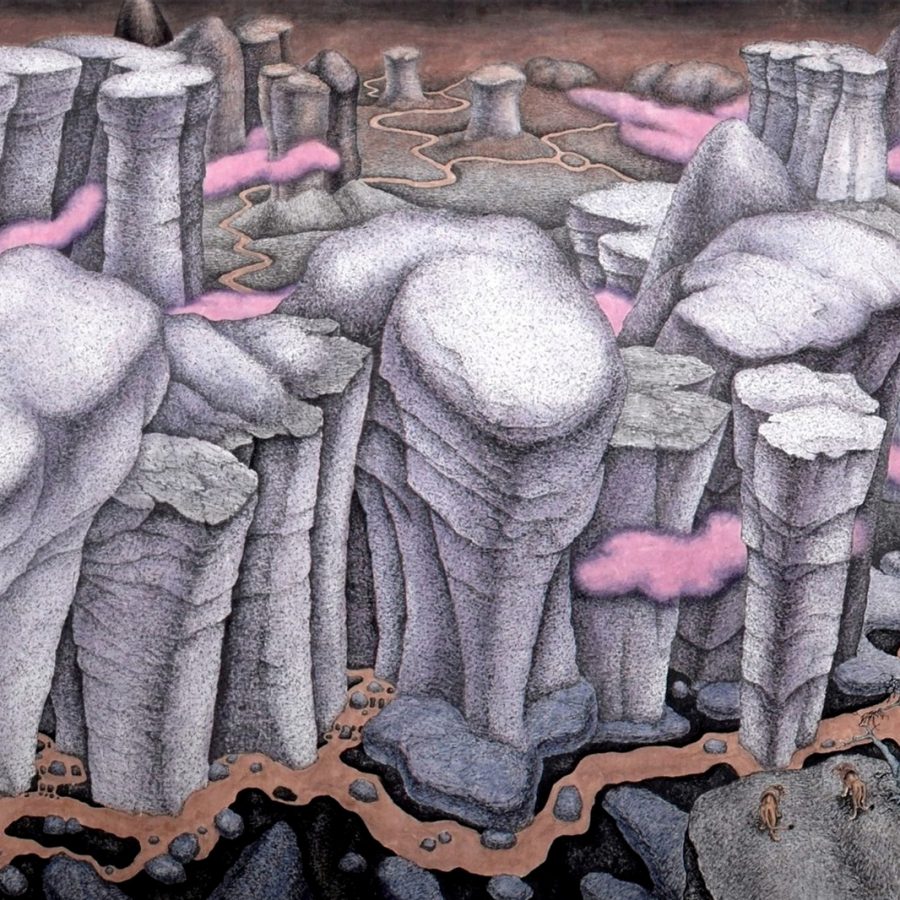
Painting by Wu Qiang
Though he uses ink, there is little suggestion of the minimalist tendencies that characterise classical Chinese art. ‘That’s because I’m capturing a different China,’ he says of his enormous, rust-coloured canvases.
Lü is also taking ink painting into conceptual realms. Last year, his work was displayed in a large solo exhibition in Beijing’s 798 Art District. On opening night he asked attendees to tear pieces from one of his ink paintings. ‘That way my message can travel with them all over the world,’ he explains. In other instances, he’s dropped paintings into the river or set them on fire, so that ‘people will eventually drink my message’ or ‘breathe them in’.
Songzhuang continuously lures newcomers, including Wu Qiang, an ink painter who has recently held major exhibitions in Guangzhou and Shanghai, and has been shortlisted to represent China at this year’s Venice Biennale. He rents a farmhouse overlooking the Chaobaixin River. ‘It’s cheap here and there’s space to paint,’ says the Sichuanese artist.
Wu’s contemporary works break with tradition in both style and theme, colour-rich paintings that raise questions about modern society and express his internal world. ‘This one’s called the Elevated Ideal,’ he says holding up his latest work, an abstract piece that depicts the artist in primeval form clawing towards the heavens. In a way, the work captures what Songzhuang’s residents are seeking to achieve: success as artists, reflections on their changing country and expression on a higher plane through ink – quirks and all.
More inspiration
- China – the Chinese Mainland, Hong Kong SAR, Macao SAR and Taiwan Region
- Hong Kong SAR - English
- Chinese Mainland (China) - English
- Taiwan, China - English
- 香港特別行政區 - 繁體中文
- 中国內地 - 简体中文
- 中國台灣 - 繁體中文
- Africa
- South Africa - English
- Asia
- Bangladesh - English
- Korea - English
- Singapore - English
- Cambodia - English
- 한국 - 한국어
- Sri Lanka - English
- India - English
- Malaysia - English
- Thailand - English
- Indonesia - English
- Maldives - English
- ประเทศไทย - ภาษาไทย
- Indonesia - Bahasa Indonesia
- Myanmar - English
- Vietnam - English
- Japan - English
- Nepal - English
- Việt Nam - tiếng Việt
- 日本 - 日本語
- Philippines - English
- Australasia
- Australia - English
- New Zealand - English